The Southwest region, the country's rice granary, is entering the harvest of the 2024-2025 winter-spring rice crop, the largest of the year, but rice prices have dropped to their lowest level in the past three months.
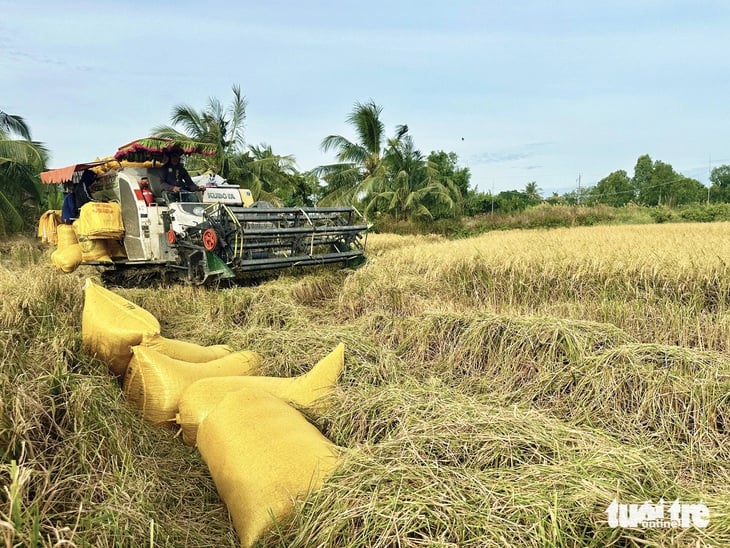
Farmers in Vinh Thuan district, Kien Giang province harvested late autumn-winter rice but were forced to lower prices - Photo: PHUONG DONG
The export price of Vietnamese rice (5% broken) also dropped to rock bottom, only about 393 USD/ton. The situation was so hot that the Prime Minister had to issue a telegram requesting an increase in temporary purchases.
The problem now is that the rice industry needs to recognize why Vietnam's rice export prices have fallen to rock bottom.
Why, despite the same situation of plummeting rice prices, Thai and Indian rice prices have decreased since September 2024, while Vietnamese rice has decreased since the beginning of 2025 but has fallen to rock bottom? These are issues that need satisfactory answers.
In mid-January 2024, Vietnam was happy to have the most expensive rice price in the world when the export price of 5% broken rice from Vietnam reached 653 USD/ton. The price was much higher than that of exporting countries of the same type such as Thailand, India, and Pakistan.
Export rice prices increased sharply, businesses competed to buy and pushed rice prices to a record high of 8,500 - 9,000 VND/kg, farmers made a huge profit.
But the joy did not last long when in May 2024, two Vietnamese rice exporting enterprises won the bid to sell rice to Indonesia at a price of only 563 USD, 16 USD/ton lower than the initial offering price.
The consequence of businesses' "grab and grab" behavior of lowering rice prices is that foreign customers turn to force down export prices, causing Vietnamese rice prices to stagnate and then continuously plummet.
Obviously, the story of Vietnam's rice price plummeting to rock bottom is not only due to the impact of supply and demand in the world rice market when India and some other countries loosened the ban on rice exports, but also due to poor management, "grab and run" business problems, unfair competition, and dumping by our own rice exporters.
Vietnam is one of the world's leading rice exporting countries, rice quality is improving, export markets are opening up, and the State's policies to support agriculture are increasingly focused on.
But the paradox is that rice prices keep fluctuating, rice farmers have to constantly face unstable rice prices.
This situation not only affects the lives of millions of farmers but also negatively impacts the rice industry value chain and exports.
To stabilize the rice market, it is necessary to immediately implement the directive solutions stated in the Prime Minister's telegram No. 21.
In the immediate future, we must strengthen inspection and examination to restore order in rice trading, and thoroughly prevent the situation where rice exporting enterprises sell off their own money to compete unfairly as recently. We call on the business community to show their responsibility to join hands to maintain rice prices.
In the long term, the State must reorganize production, improve the efficiency of the sustainable rice value chain; closely connect farmers, businesses, and cooperatives; invest in warehouse and logistics infrastructure, reduce intermediary costs; support farmers in applying science and technology and digital transformation in agriculture.
Establish a rice price stabilization fund in accordance with the market's operating mechanism, guiding businesses to operate responsibly.
In addition, banks need to innovate credit policies, increase loan limits and attractive interest rates in times of need like now so that farmers and businesses have enough stable financial resources to purchase and keep rice in warehouses when the market is not good.
Maintaining stable rice prices is not only the responsibility of the State but also requires the cooperation of businesses and farmers. Only with the right direction and determination can the Vietnamese rice industry develop sustainably, helping millions of farmers to reduce their suffering.
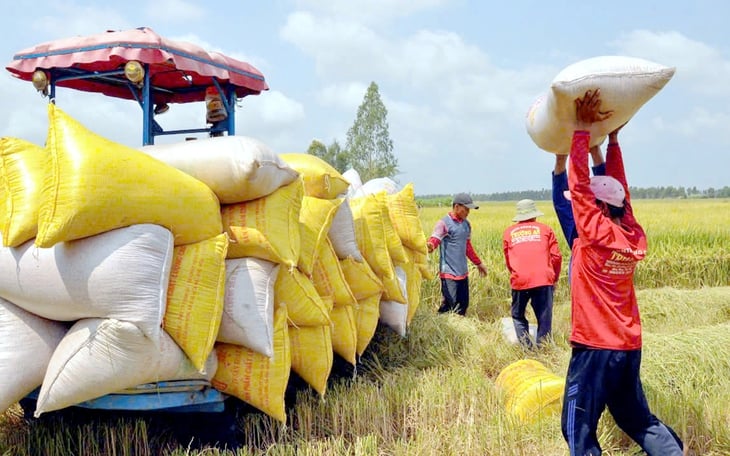 Join hands to maintain rice prices
Join hands to maintain rice pricesSource: https://tuoitre.vn/ngan-gia-lua-gao-chap-chon-20250308085555391.htm


![[Photo] Prime Minister Pham Minh Chinh chairs the Government's special meeting on law-making in April](https://vstatic.vietnam.vn/vietnam/resource/IMAGE/2025/4/13/8b2071d47adc4c22ac3a9534d12ddc17)


![[Photo] National Assembly Chairman Tran Thanh Man attends the Policy Forum on Science, Technology, Innovation and Digital Transformation](https://vstatic.vietnam.vn/vietnam/resource/IMAGE/2025/4/13/c0aec4d2b3ee45adb4c2a769796be1fd)
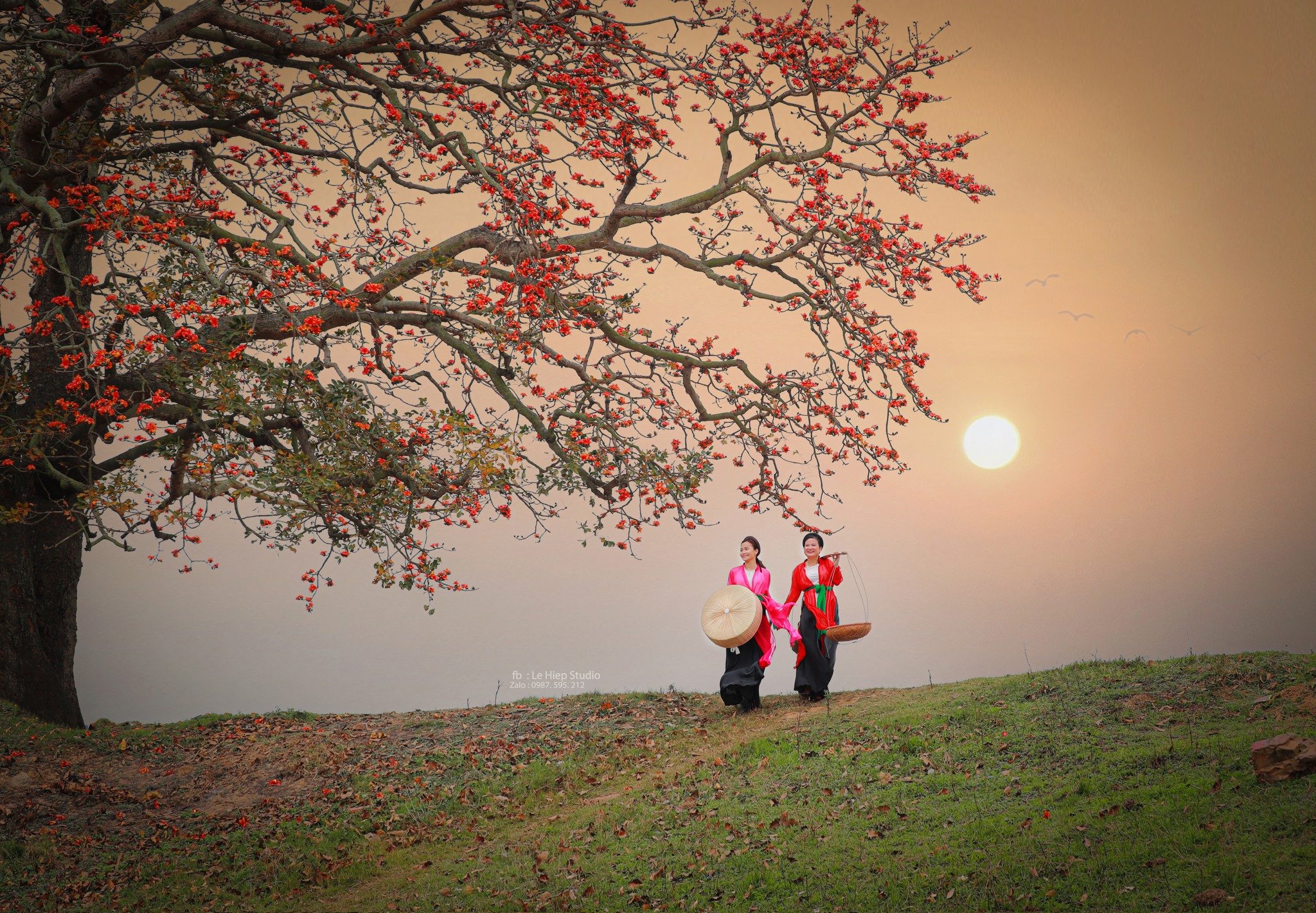
![[Photo] National Assembly Chairman Tran Thanh Man attends the ceremony to celebrate the 1015th anniversary of King Ly Thai To's coronation](https://vstatic.vietnam.vn/vietnam/resource/IMAGE/2025/4/13/6d642c7b8ab34ccc8c769a9ebc02346b)
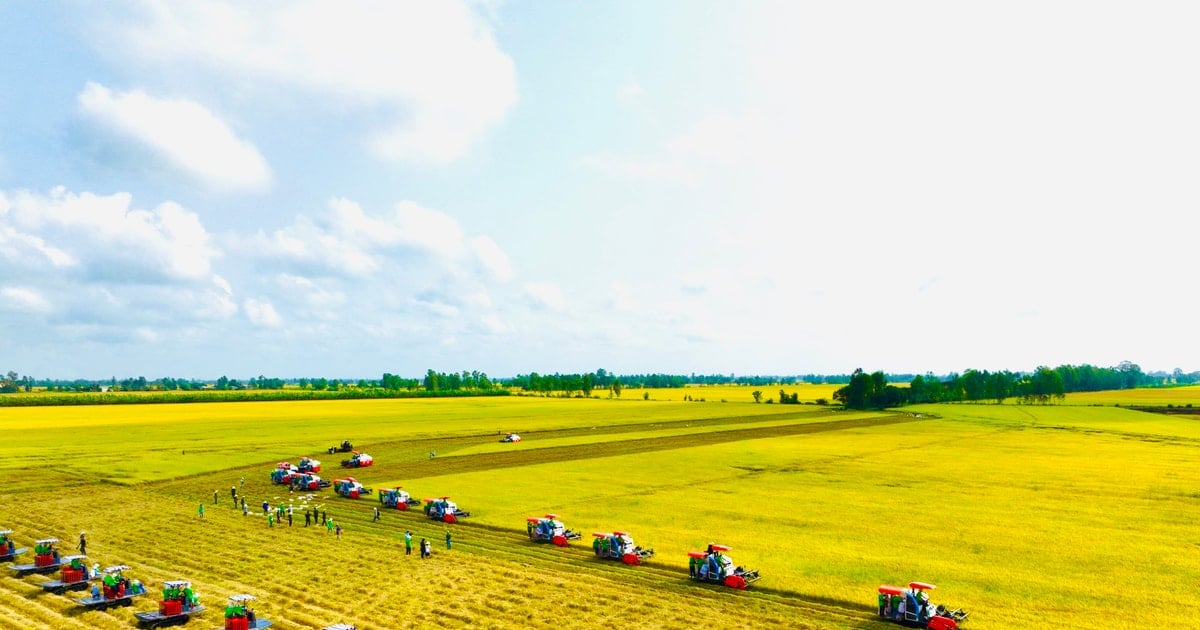

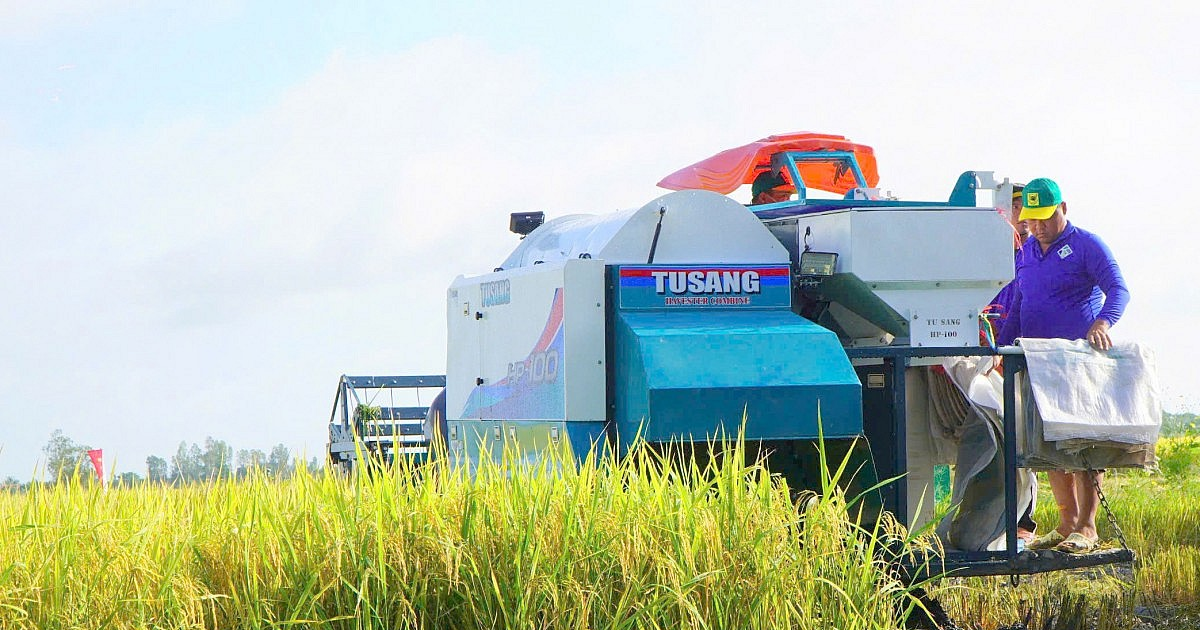
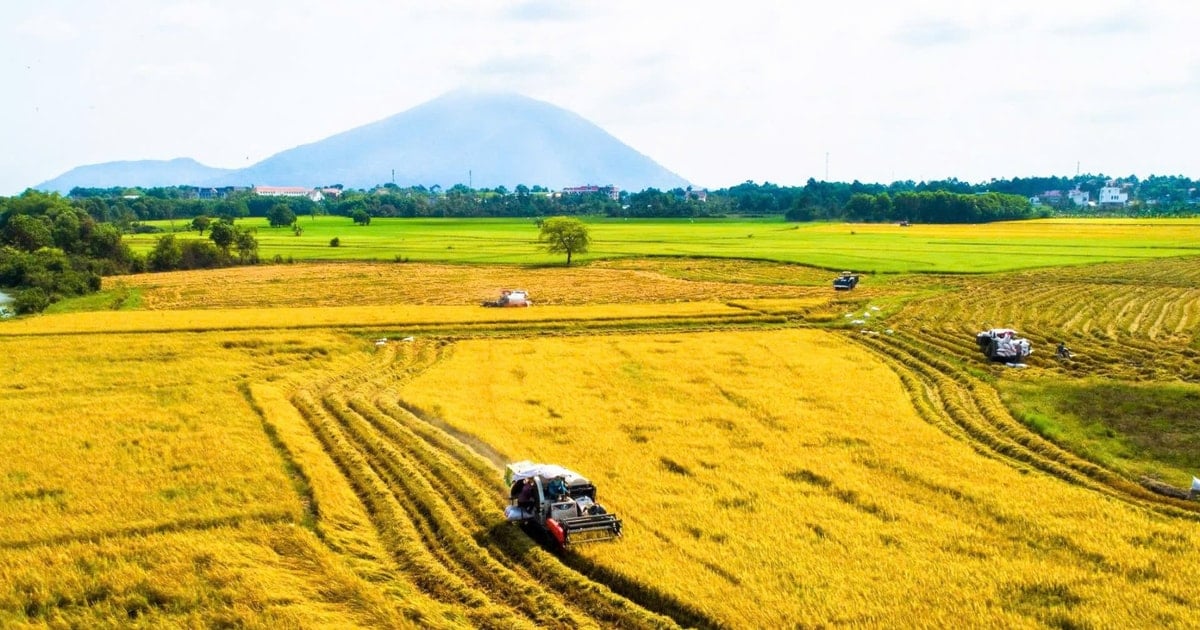

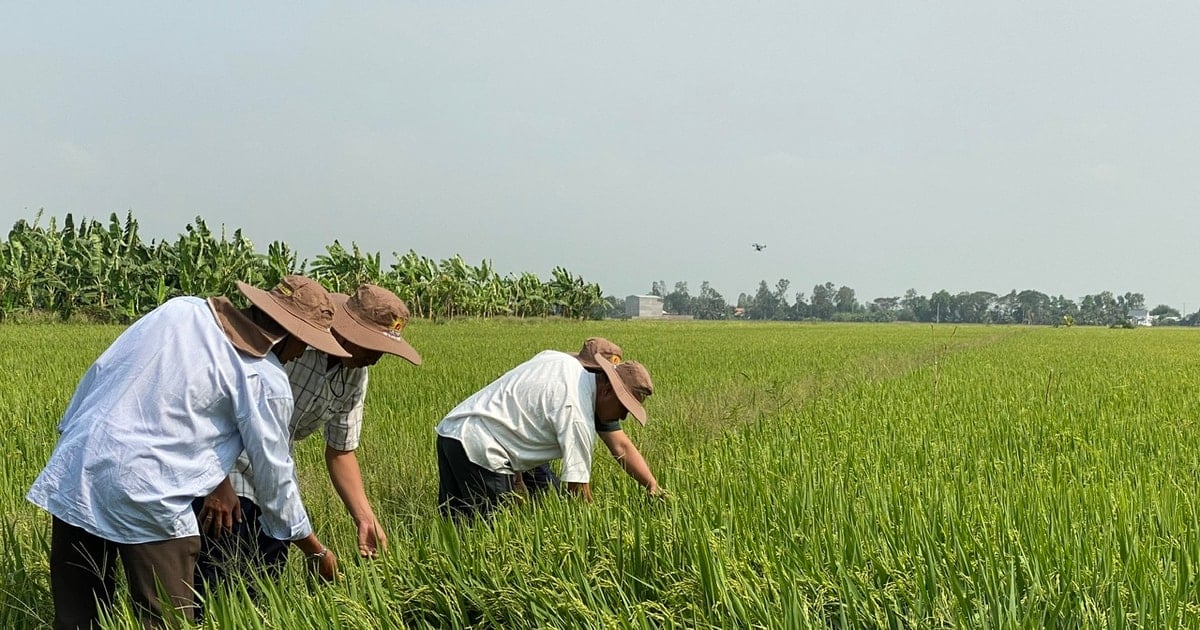


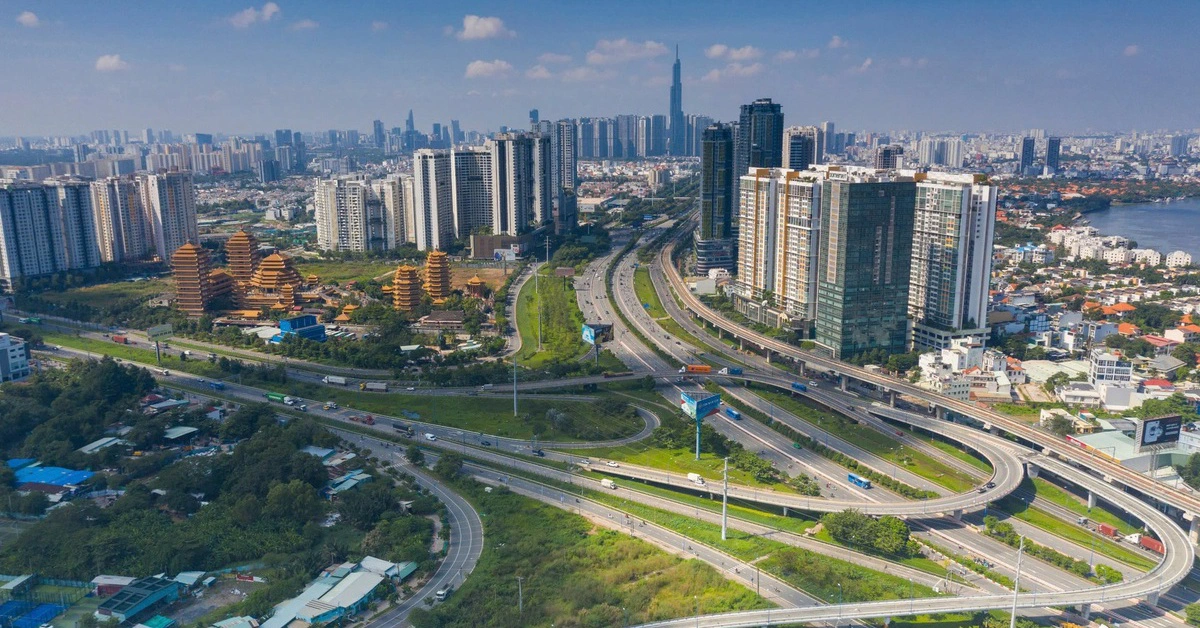

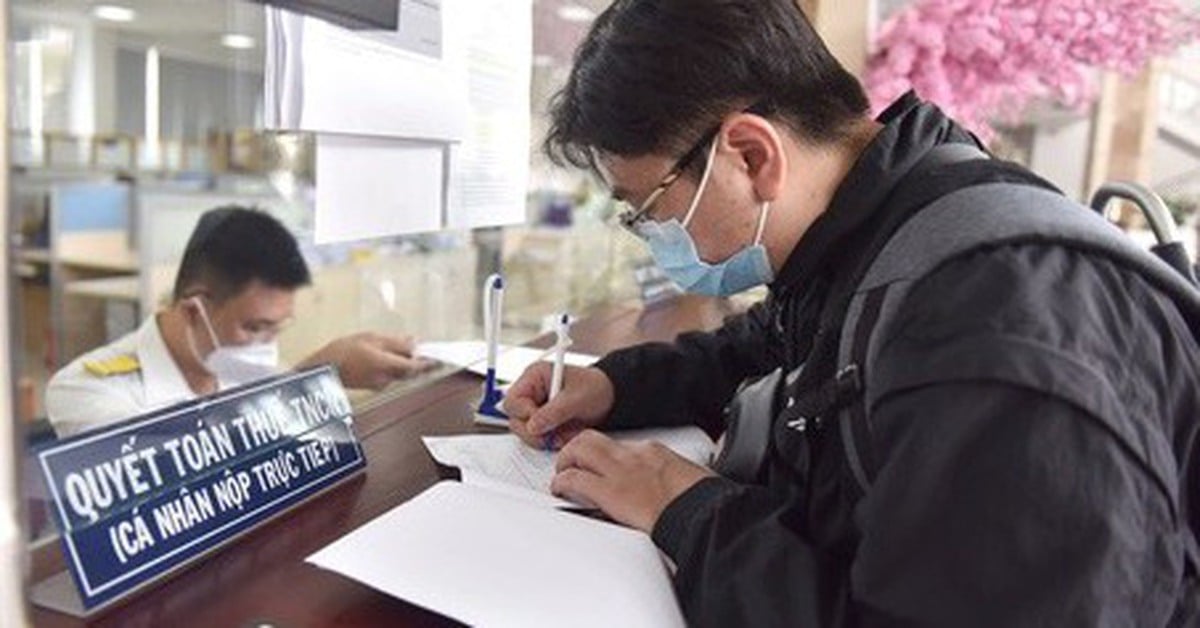

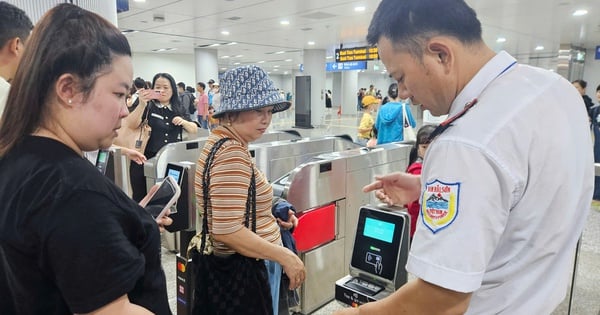






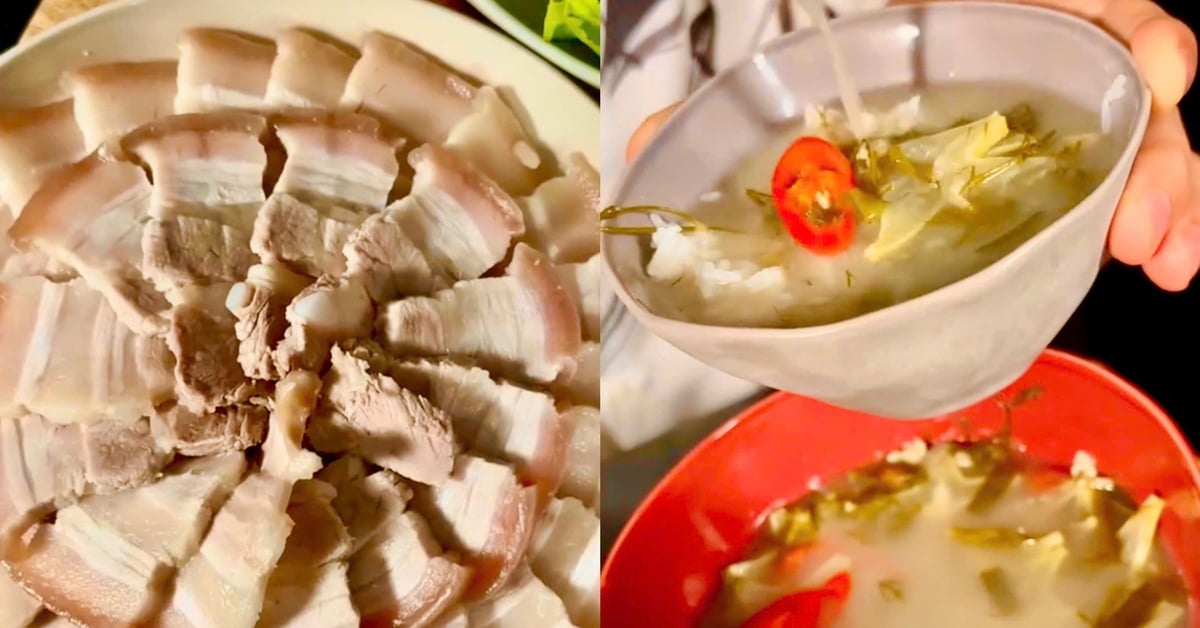


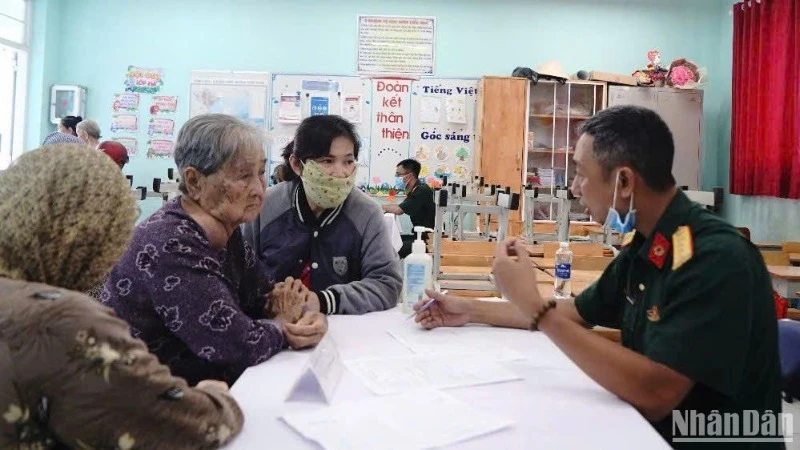












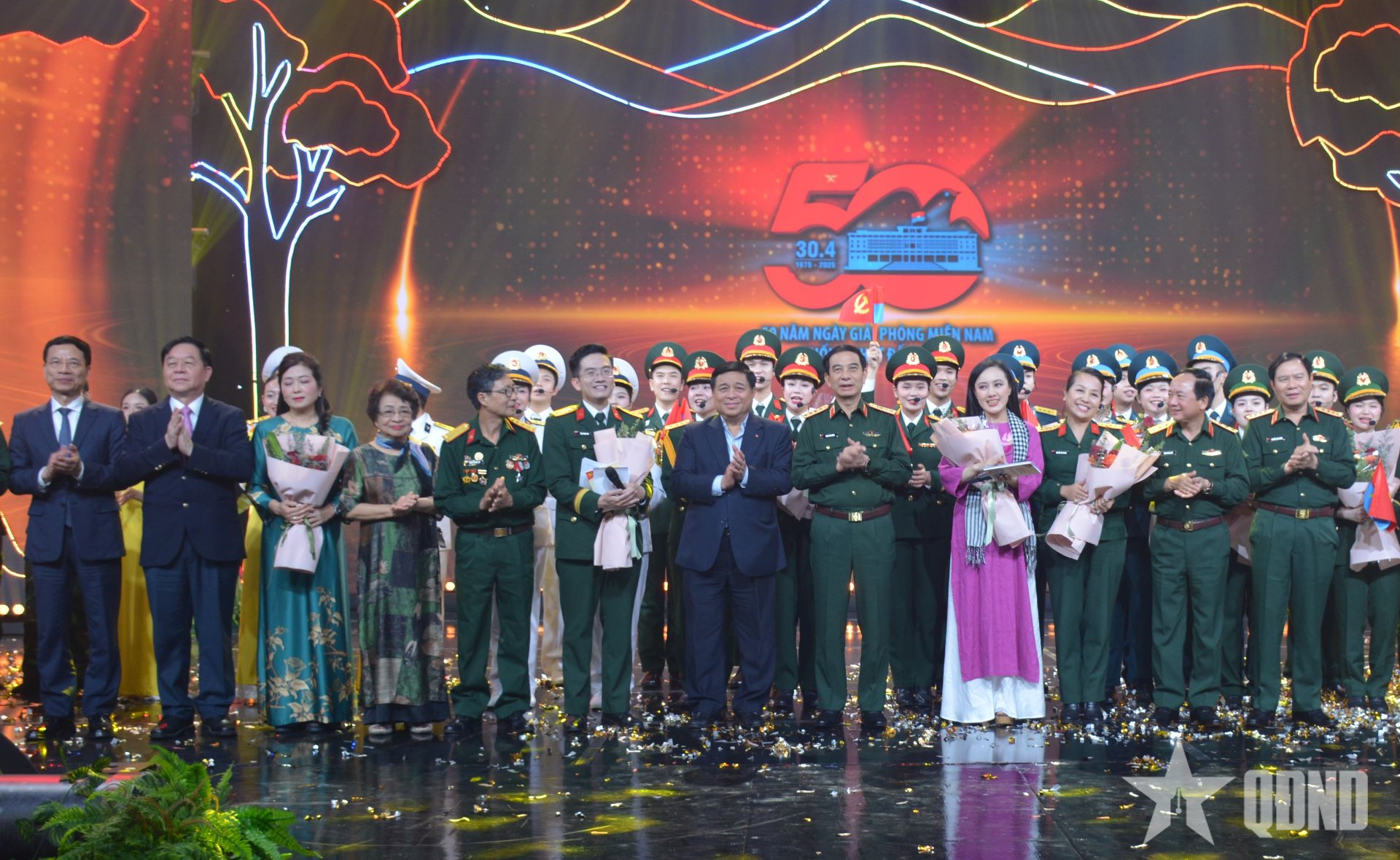

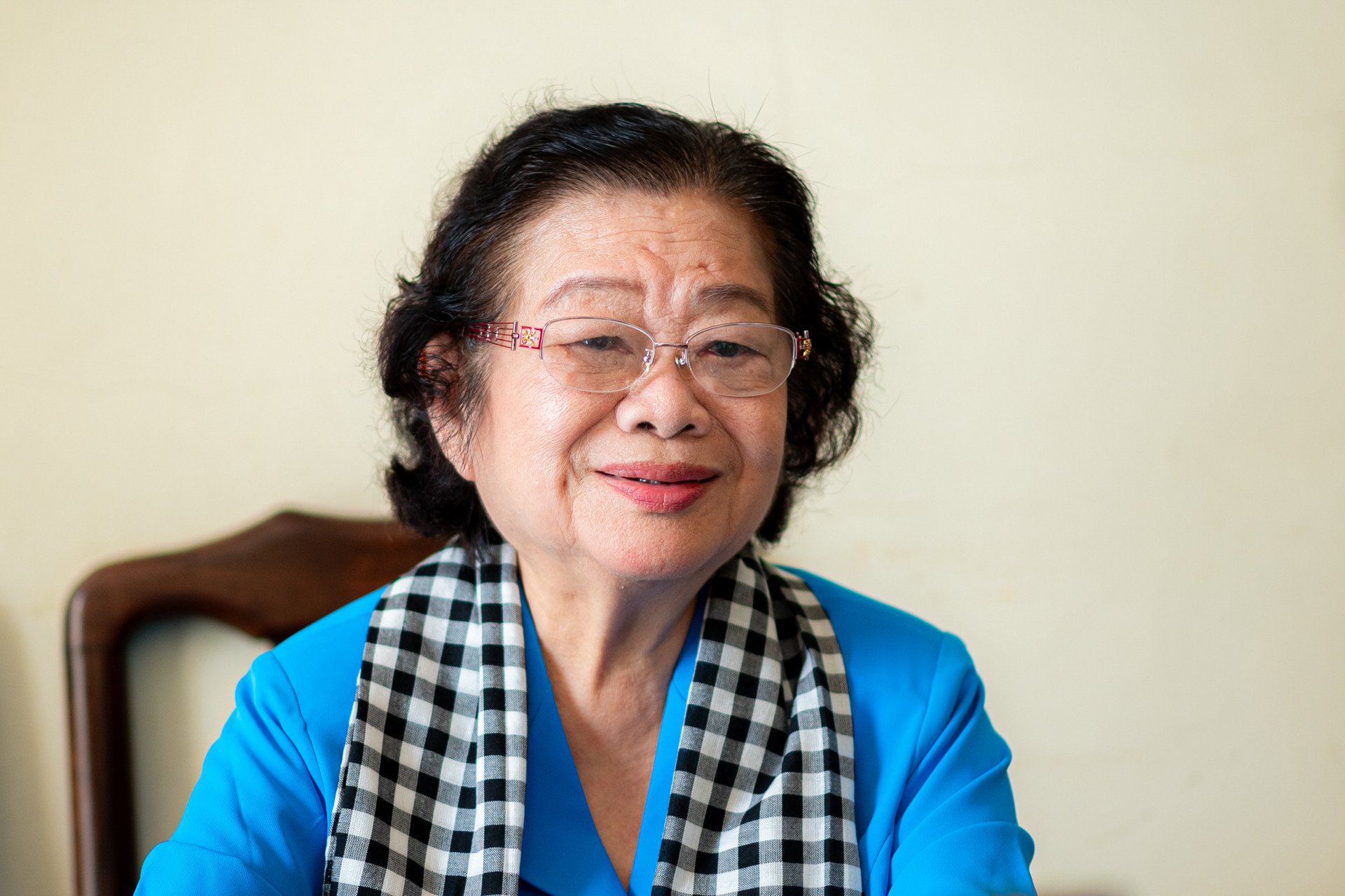

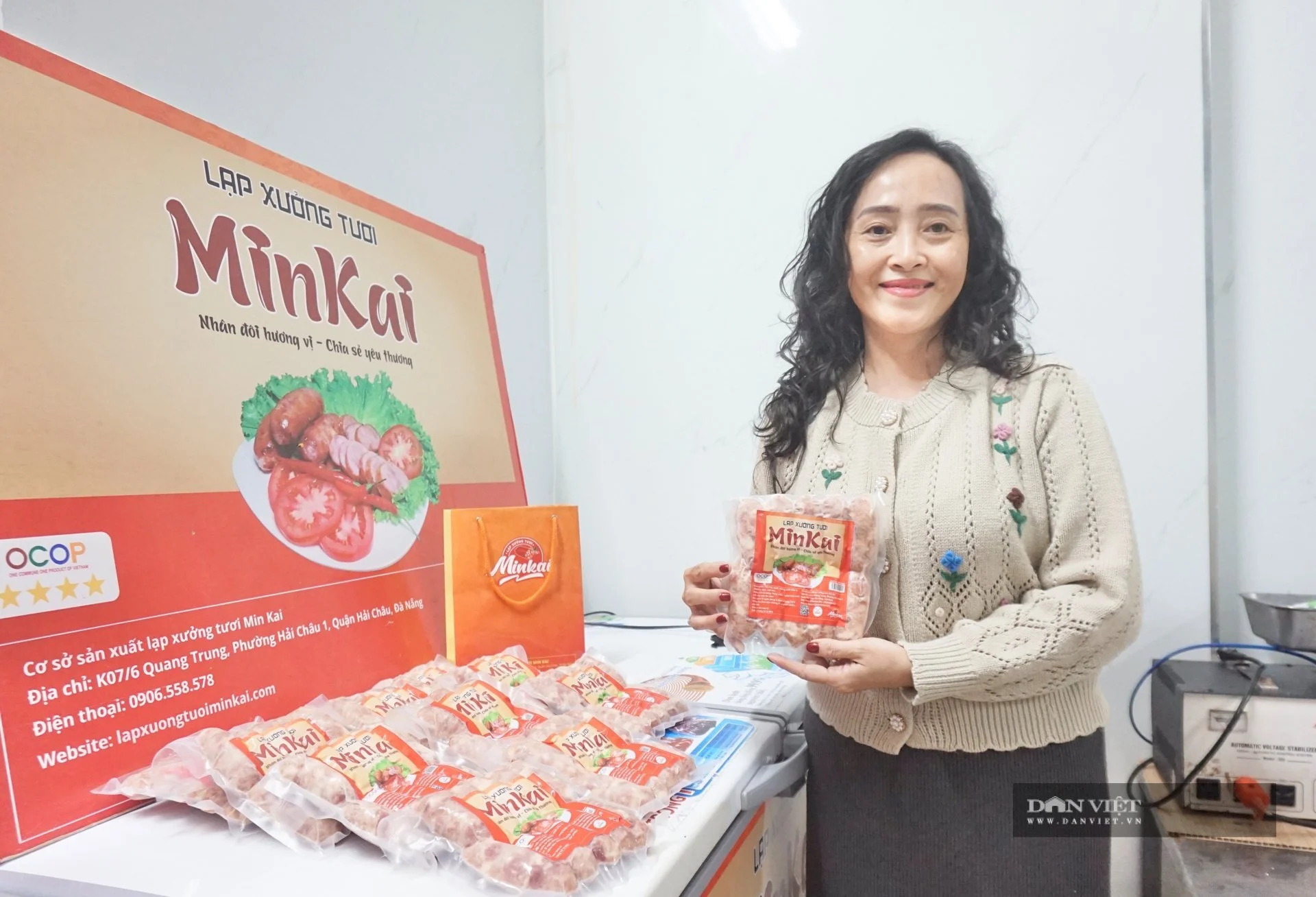













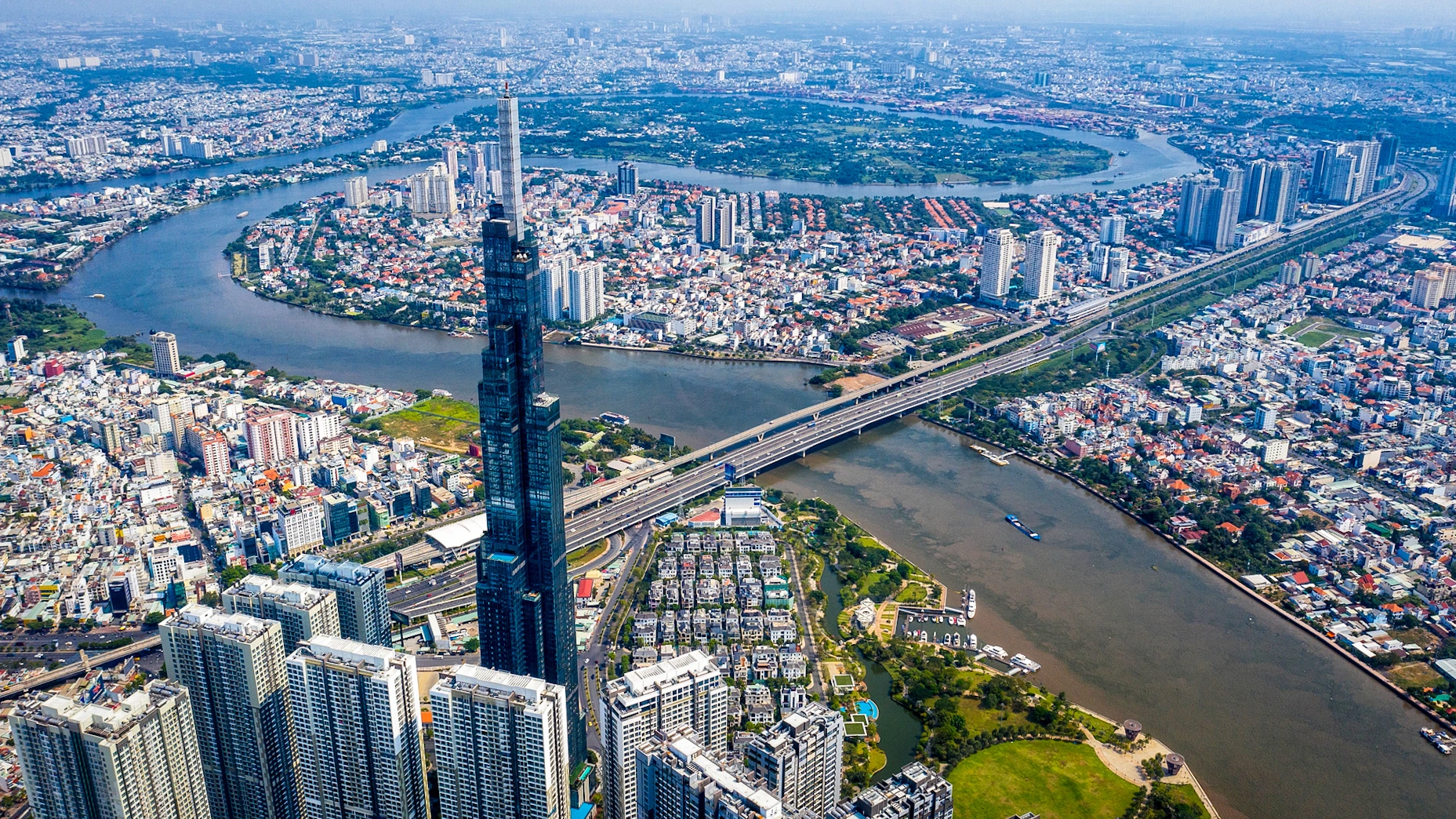





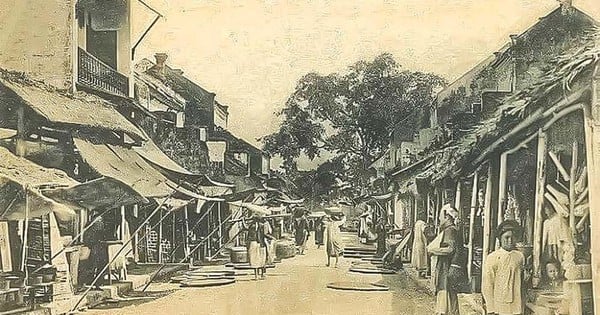

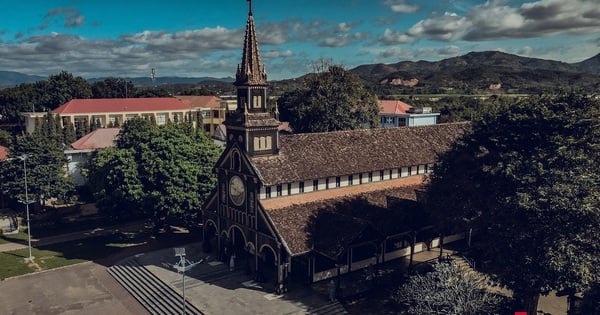

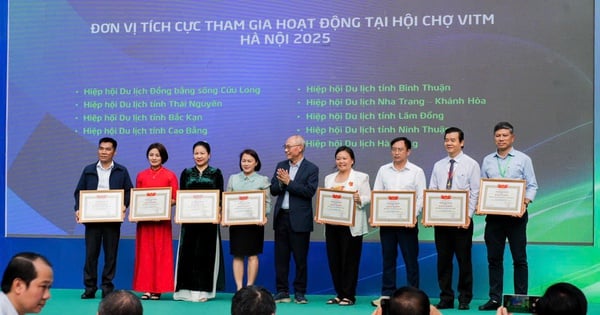






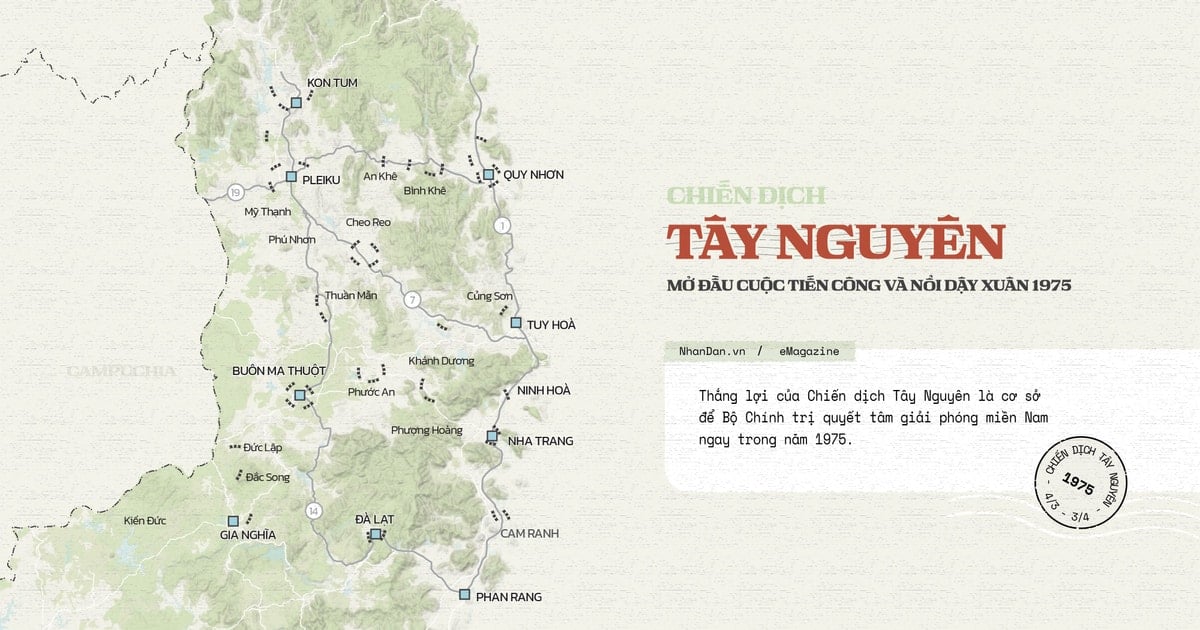
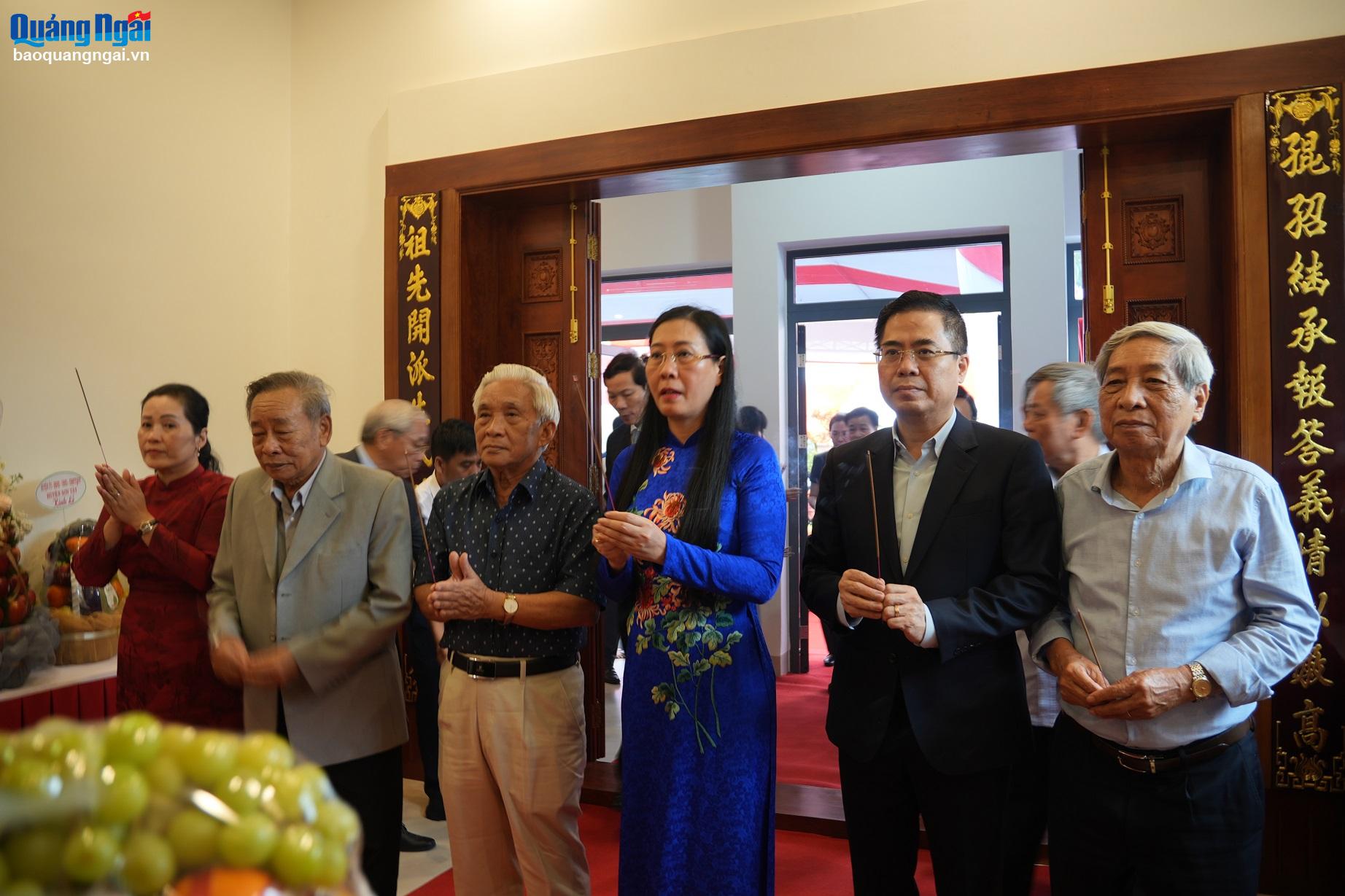
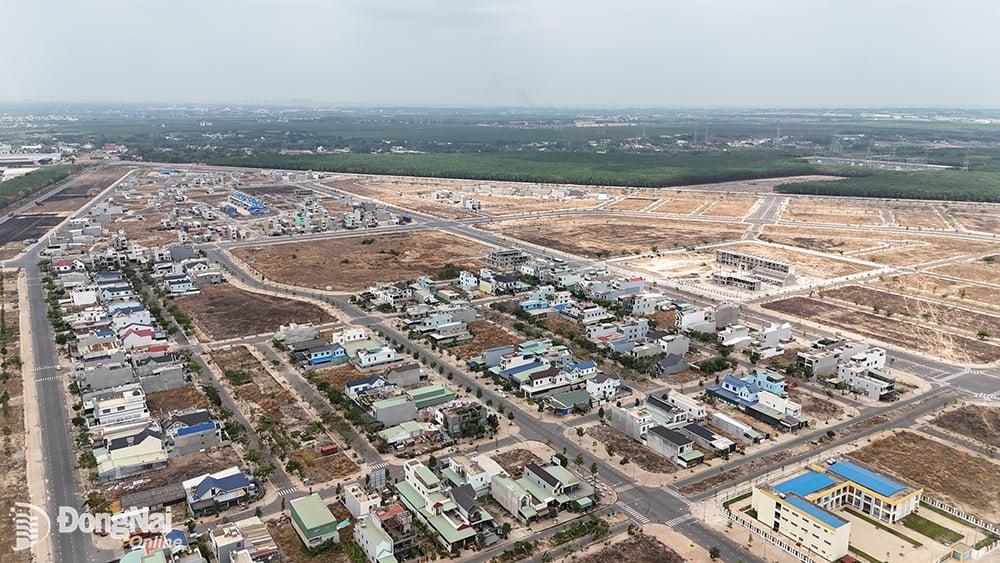

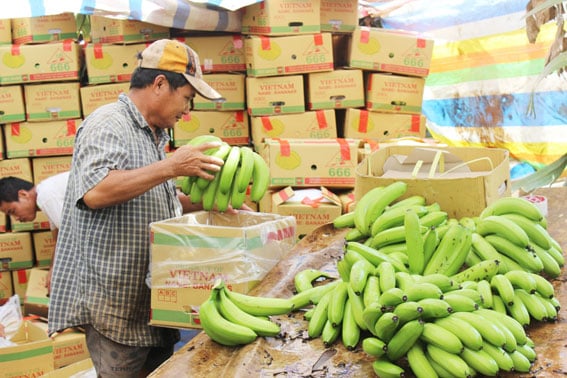











Comment (0)